|
|
|
|
|
|
|
|
Photo Gallery for Terrapene carolina - Eastern Box Turtle
| 126 photos are available. Only the most recent 30 are shown.
|
 | Recorded by: K. Sanford
Bertie Co.
Comment: | 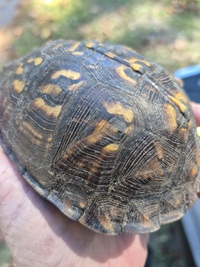 | Recorded by: K. Sanford
Bertie Co.
Comment: |
 | Recorded by: Terrell Tucker
Moore Co.
Comment: |  | Recorded by: K. Bischof
Transylvania Co.
Comment: |
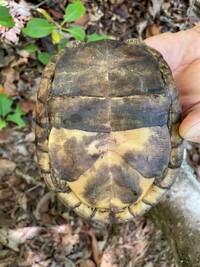 | Recorded by: K. Bischof
Transylvania Co.
Comment: | 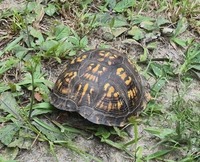 | Recorded by: K. Sanford
Bertie Co.
Comment: |
 | Recorded by: K. Sanford
Bertie Co.
Comment: |  | Recorded by: K. Hutson
Cleveland Co.
Comment: |
 | Recorded by: K. Hutson
Cleveland Co.
Comment: | 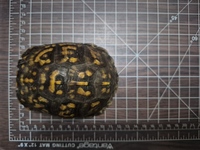 | Recorded by: K. Sanford
Bertie Co.
Comment: |
 | Recorded by: K. Sanford
Bertie Co.
Comment: | 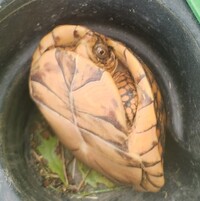 | Recorded by: K. Sanford
Bertie Co.
Comment: |
 | Recorded by: K. Sanford
Bertie Co.
Comment: |  | Recorded by: K. Bischof
Transylvania Co.
Comment: |
 | Recorded by: S. Tillotson
Burke Co.
Comment: | 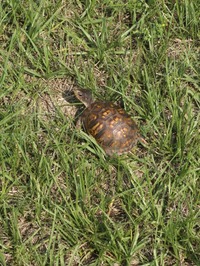 | Recorded by: K. Sanford
Bertie Co.
Comment: |
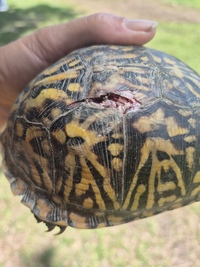 | Recorded by: K. Sanford
Bertie Co.
Comment: |  | Recorded by: J. Mickey
Wilkes Co.
Comment: |
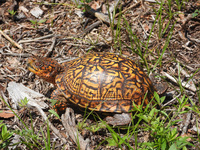 | Recorded by: R. Newman
Carteret Co.
Comment: | 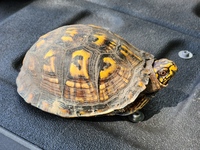 | Recorded by: K. Sanford
Bertie Co.
Comment: |
 | Recorded by: Matt Perry
Surry Co.
Comment: |  | Recorded by: K. Sanford, J. Plough, M. Boyd
Camden Co.
Comment: |
 | Recorded by: J. Mickey
Surry Co.
Comment: |  | Recorded by: K. Sanford
Bertie Co.
Comment: |
 | Recorded by: K. Sanford
Bertie Co.
Comment: |  | Recorded by: K. Sanford
Camden Co.
Comment: |
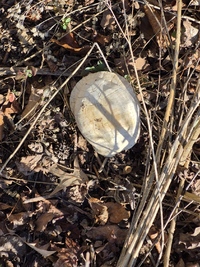 | Recorded by: K. Sanford
Bertie Co.
Comment: |  | Recorded by: D. DeHaven
Camden Co.
Comment: |
 | Recorded by: K. Sanford
Camden Co.
Comment: |  | Recorded by: Alina Martin
Macon Co.
Comment: |
|

 »
» 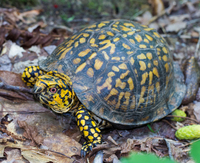
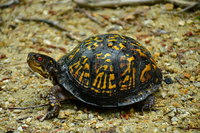
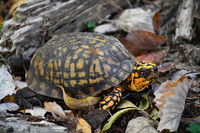
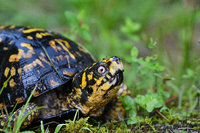

 »
» 


